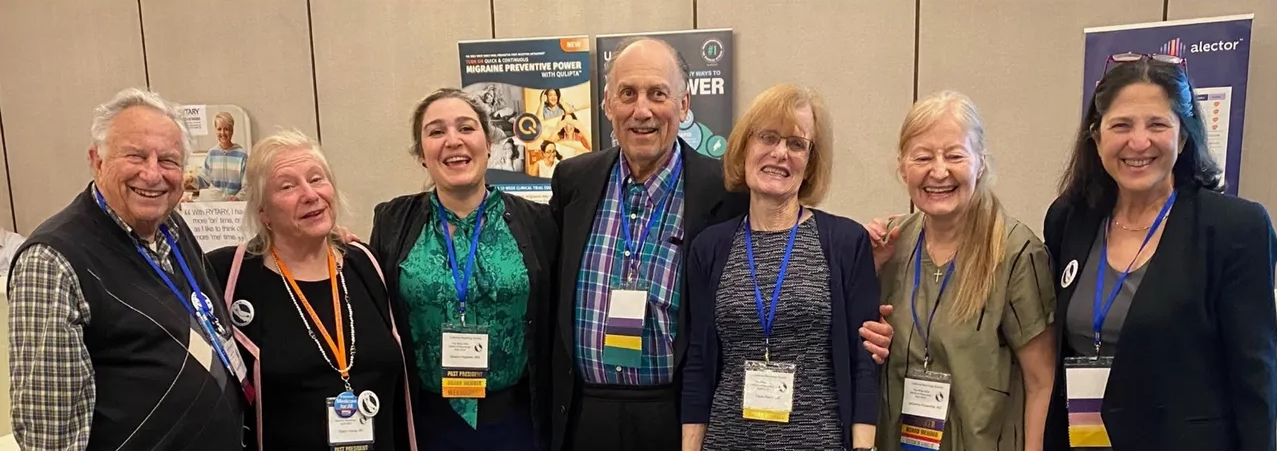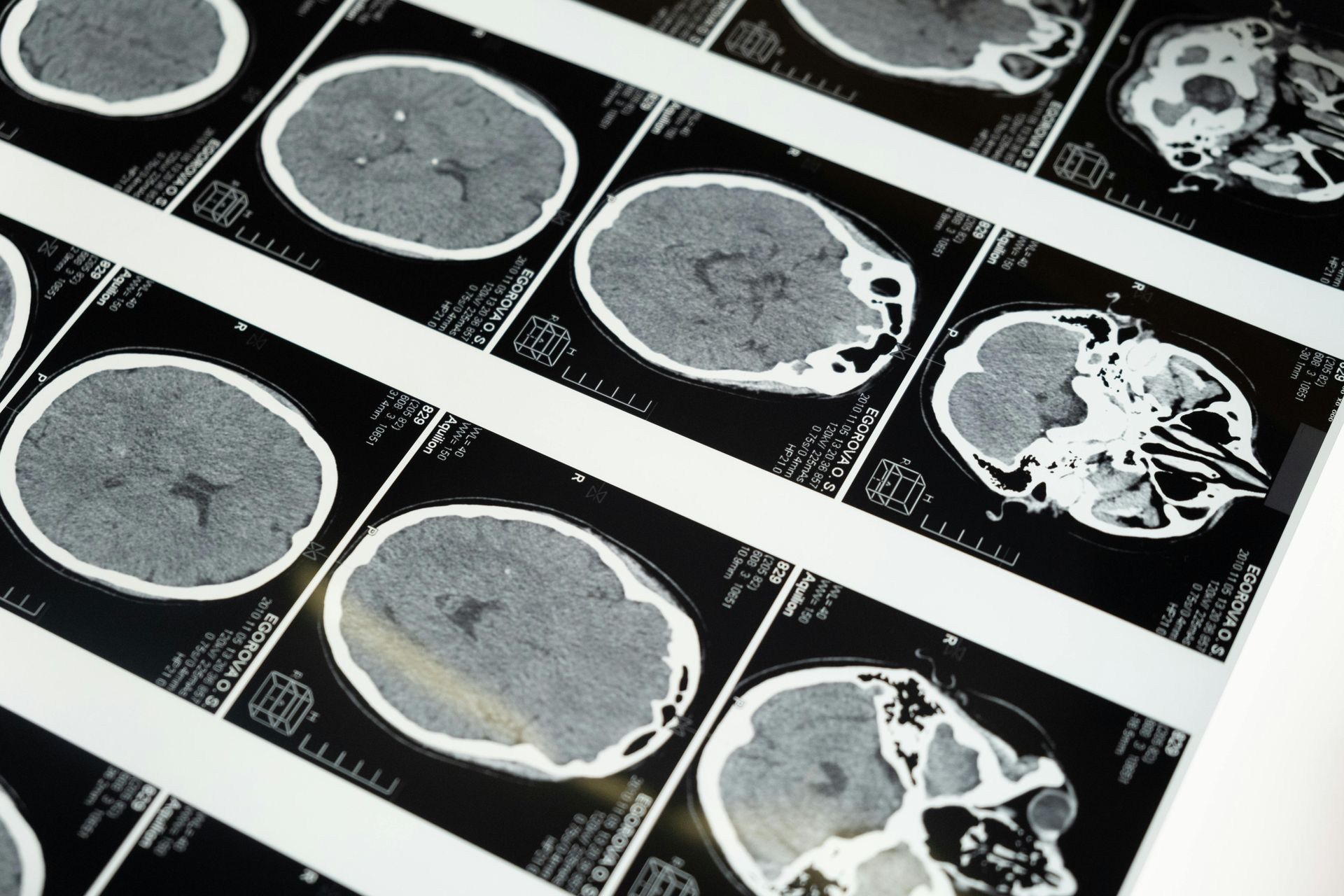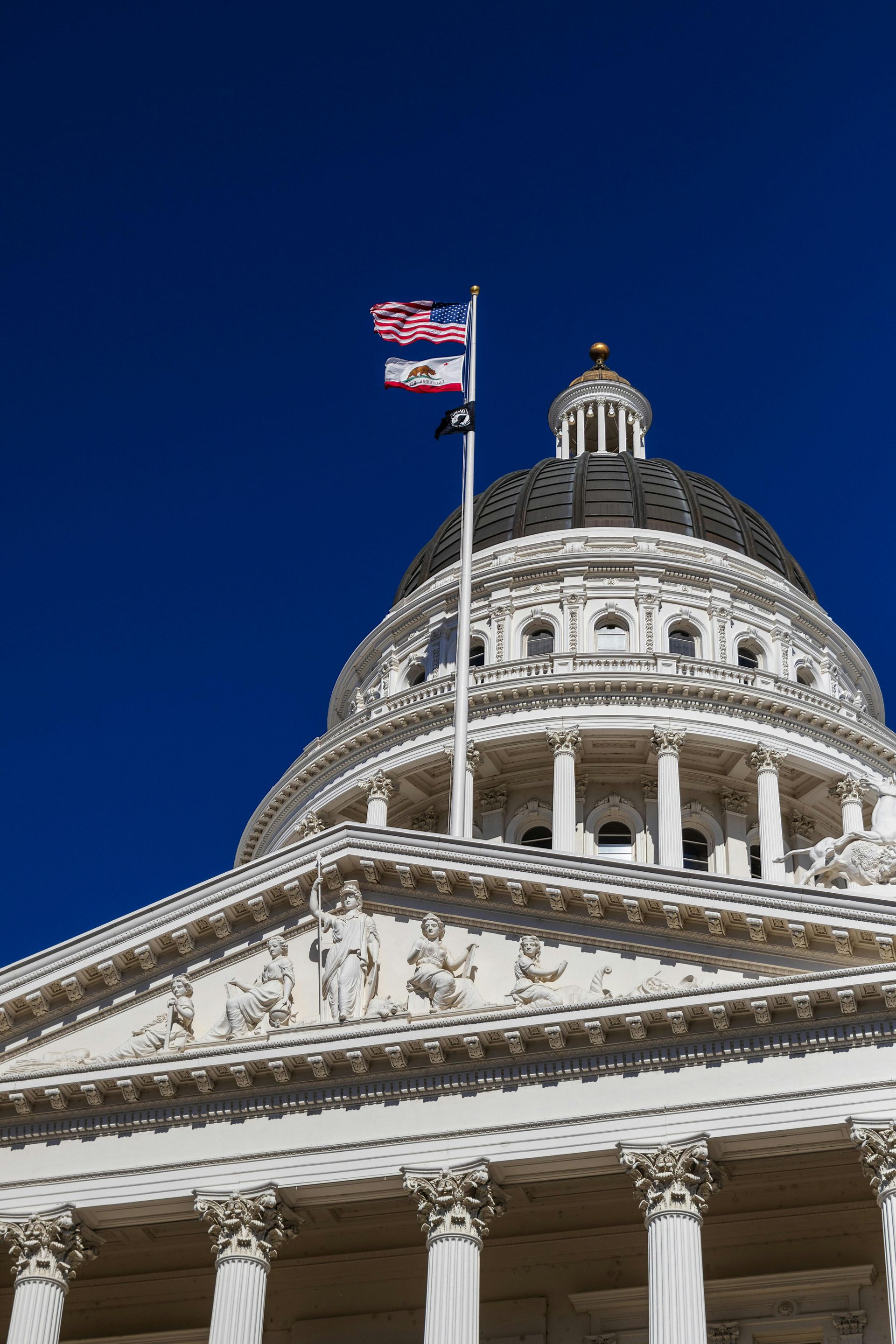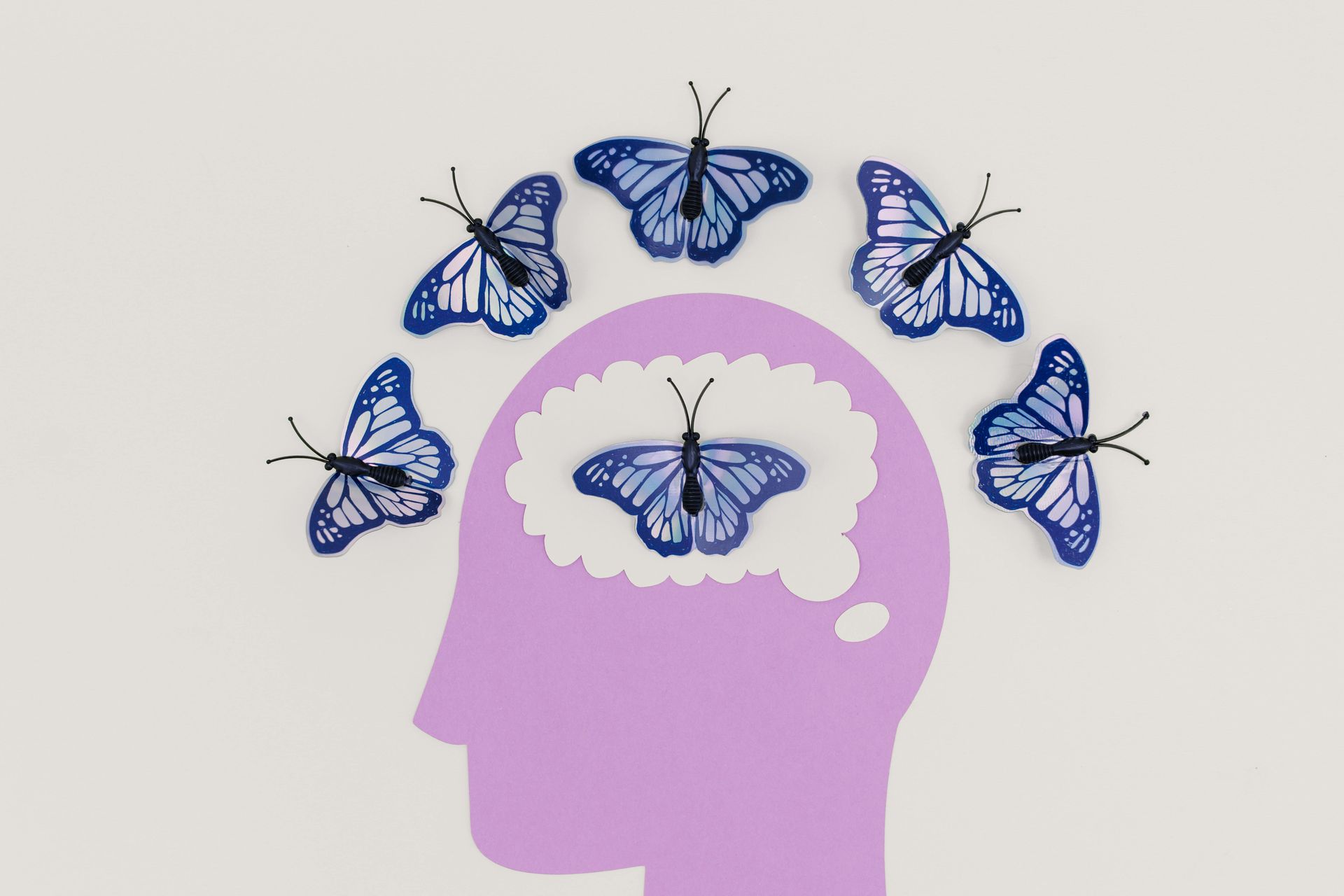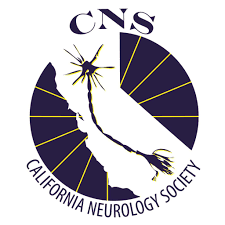Youth Tackle Football - CNS sponsors the McCarty Bill AB 734, now AB 3047
Developments since the last hearing have resulted in a new bill AB 3047 which more clearly associates youth tackle football with CTE. An upcoming hearing is slated for April 16, 2024; here is our brief testimony as sponsors of this bill, to be presented by our legislative representative Steve Cattolica:
Brief Testimony: serious vulnerabilities inherent in youth tackle football.
I represent the California Neurology Society (CNS), a sponsor of AB-3047, and hereby submit this testimony to clarify the inherent risks associated with repetitive head impacts in tackle football, particularly among young athletes.
Pediatric populations exhibit heightened vulnerability to repetitive head impacts due to their anatomical and physiological characteristics, such as relatively flexible necks and spines predisposing them to acceleration-deceleration injuries even in the absence of overt trauma. Disturbingly, while there are just 1700 NFL players In the United States there are over 4 million children under the age of 14 playing tackle football, over 1 million of them in California alone.
The CNS endorses strategies to mitigate head injury risks in later childhood, vital for the ongoing development of brain functions in regulating behavior, emotions, and executive faculties. This perspective aligns with measures already adopted in other sports, such as the prohibition of headers in soccer players under age 12 and the ban on checking in ice hockey until age 14. No such measure exists in youth tackle football. And yet research studies consistently identify tackle football as the contact sport most associated with repetitive head impacts.
Cumulative head impacts can lead to traumatic encephalopathy syndrome (TES), a disorder that emerges within ten to twenty years, causing severe mental and emotional difficulties for afflicted individuals and their families. These challenges tend to worsen over time, are frequently unresponsive to treatment, and can have fatal consequences. Autopsies of young athletes with TES have revealed findings consistent with chronic traumatic encephalopathy (CTE) and other early neurodegenerative changes, even in individuals who were never diagnosed with a concussion during their lifetime. Autopsy findings of Chronic Traumatic Encephalopathy (CTE) across all age groups show a correlation with Traumatic Encephalopathy Syndrome (TES) experienced during the individual's lifetime.
The CNS champions parents’ rights and their role in nurturing their children's well-being. We underscore the need for young athletes and their custodians to be fully informed about the inherent risks of youth tackle football potentially impacting their future as young adults. These risks are too often not fully appreciated by families and schools until after children are physically full-grown, graduate, and leave home.
The CNS strongly supports this legislative initiative to reduce the unnecessary risks that over 1 million children in California face each year by participating in tackle football, a practice that risks causing lasting harm to their developing brains.
Authored by:
Stella B Legarda, MD
President, California Neurology Society
Neurologist specializing in child neurology, epilepsy, and clinical neurophysiology
Monday April 1, 2024
~
In the last six months, Dr. Stella Legarda, the current President of the California Neurology Society (CNS) and a pediatric neurologist specializing in epilepsy and clinical neurophysiology has participated in two significant hearings at the State Capitol.
1. On October 3, 2023, Dr. Legarda presented on the topic "Youth Tackle Football and the Developing Brain," emphasizing the significant risks and the potential for serious neurological consequences associated with tackle football for children. Despite there being only 1,696 NFL players, more than 4 million children under the age of 14 play tackle football in the Untied States. It was pointed out that children are particularly vulnerable due to their developing physical structures, including more flexible necks and spines, which increase the likelihood of acceleration-deceleration head impacts during play. These impacts often occur without visible injury. Dr. Legarda presented findings from MRI scans showing white matter changes in children who participated in a season of tackle football, none of whom had suffered a concussion. Additionally, she shared the life histories and brain analyses of deceased athletes, highlighting their reduced resilience to neurodegenerative diseases such as Alzheimer's, Parkinson's, and CTE. She noted that those who were first exposed to tackle football before the age of 12 exhibited earlier onset of severe symptoms and had shorter life expectancies.
Other presenters included Chris Nowinski, PhD, Cofounder and CEO of the Concussion Legacy Foundation at Boston University who presented findings on repetitive head impacts and CTE, and shared a moving story of his college football friend who died in his 40s of CTE.
2. On January 10, 2024 a second hearing was convened to vote on AB 734, where Dr Legarda provided expert testimony on behalf of the state's neurology specialty in support of the bill. (Read full testimony below)
There was one other poignant testimony given by a mother whose son, a former college and NFL football player, died at age 40 from CTE, confirmed by brain autopsy.
The Committee voted 5-2 to advance the bill to the Assembly Floor for voting. This decision came after a notable bill hearing, which saw significant opposition from parents and youth players. In the days that followed, the bill gained wide national media attention.
CNS Position Statement:
The Calfironia Neurology Society emphasizes that tackle football carries the highest risk of repetitive head impacts among all contact sports. To ensure the healthy development of the brain, particularly in critical areas responsible for decision-making in individuals from adolescence to adulthood, it is vital to minimize unnecessary risks. This philosophy is reflected in other sports, such as soccer, which bans heading for players under 12, and ice hockey, which prohibits checking until age 14. Comparable safety standards are in place across various contact sports to protect young athletes. Even the NFL endorses flag football as the official format during Pro Bowl play as a safer alternative.
The CNS firmly believes in upholding parents' rights and their role as primary decision-makers in their children's welfare. Furthermore, the CNS has endorsed that AB 734 would be further enhanced by incorporating an educational component, ensuring that parents and young athletes are well-informed about the risks involved. To better understand our position and recommendations, we invite you to read the testimony provided during the bill hearing:
Assembly Arts, Entertainment, Sports, and Tourism Committee California State Capitol – Room 127 January 10, 2024
Good morning, I am Dr. Stella Legarda, a pediatric neurologist practicing in Monterey and current President of the California Neurology Society (CNS). It is my honor to represent our specialty as sponsors of Assembly Bill 734.
Last Fall it was my privilege to provide testimony before this Committee on the subject of “Youth Tackle Football and the Developing Brain.” The source data provided to Committee offers significant insights for policymakers regarding the unnecessary risks faced by nearly four million young children who engage in tackle football each year (nationally), causing potential irreparable harm to their still developing brains.
Last week you were provided a scientific report published October 2023 on 152 deceased contact sports athletes under the age of 30. All were diagnosed in life with traumatic encephalopathy syndrome (TES). Chronic traumatic encephalopathy (CTE) was diagnosed in 63; the other brains revealed traumatic brain injury (TBI)-related abnormalities not meeting CTE criteria. CTE was diagnosed in athletes who played a mean of 3 years longer than athletes whose brain findings did not meet CTE criteria. Causes of death were #1 suicide #2 unintentional overdose, regardless of autopsy findings. The author highlights that CTE is also detectable in the brains of amateur contact sports players, not just professional players.
Findings from this study gained media coverage in a New York Times article, also provided you, which includes poignant real-life testimony from a deceased teenage athlete recording a farewell video to his parents explaining his suicide. He urges his parents to donate his brain to science, believing his tormented state to be the result of brain damage from playing tackle football. Autopsy findings indeed confirmed he had CTE, at the age of 18. Other parents of deceased athletes with CTE share their witness to the challenges their children faced before their untimely deaths.
This wealth of data is straightforward. Revelations published in the New York Times exposé are glaringly apparent. While the medical data seems complex, study results are convincingly clear.
The medical and scientific communities unanimously agree that repetitive head impacts, regardless of impact severity, lays the foundation for brain injury. Autopsy findings of TBI and CTE align with the diagnosis during life of Traumatic Encephalopathy Syndrome (TES).
Our focus, therefore, should be on preventing Traumatic Encephalopathy Syndrome (TES), a diagnosis in life that arises from the accumulation of repeated, sometimes seemingly mild head trauma often too easily dismissed by coaches, parents, and simply “shaken off” by the players themselves.
Assembly Bill 734 represents a significant step towards mitigating the accrual of such trauma. It will serve to educate and inform the public, our educational institutions, and help safeguard our youth from the burden of daily struggles with cognitive and mental health issues.
When the NFL takes measures to protect its players by playing flag football in the Pro Bowl, it is not just safeguarding its multi-million-dollar investments; it delivers the clear message that impact injuries and cumulative head trauma are perilous and should be minimized. Other youth contact sport organizations have already made mitigating decisions to safeguard their young athletes.
I want to underscore… the data is clear and unambiguous. For young children especially, accumulated blows to the head of any magnitude must be prevented.
With your help, AB 734 will be the starting point.
I look forward to your questions as the Chair allows. I also encourage any inquiries you may make to my office and to the CNS itself.
